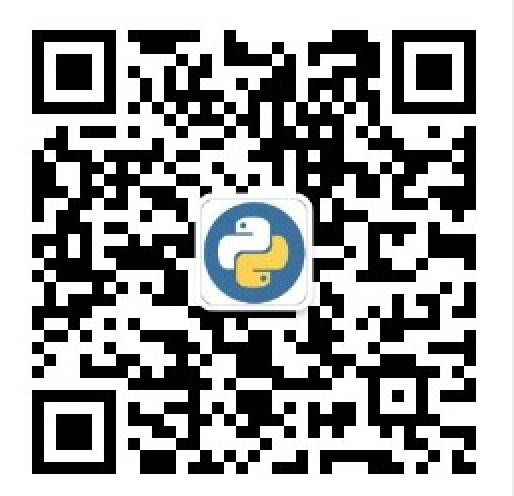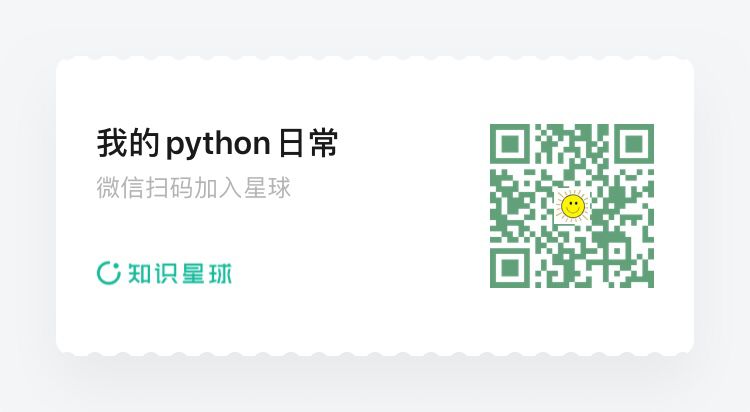for循环
1. 简单示例
jinjia2模板里不仅支持if条件语句,还支持for循环, 不过与python不同,在模板里并不支持break和continue,下面的例子里后端服务从数据库里查出若干个学生的信息
stu_lst = [
{'name': '小明', 'age': 14, 'score': 98},
{'name': '小刚', 'age': 13, 'score': 95},
{'name': '小红', 'age': 15, 'score': 96}
]
这些信息需要在前端的table标签中展示
新建stu.html文件
<!DOCTYPE html>
<html lang="en">
<head>
<meta charset="UTF-8">
<title>Title</title>
</head>
<body>
<table border="1">
<tr>
<th>姓名</th>
<th>年龄</th>
<th>分数</th>
</tr>
<tbody>
{% for stu in stu_lst %}
<tr>
<td>{{ stu['name'] }}</td>
<td>{{ stu['age'] }}</td>
<td>{{ stu['score'] }}</td>
</tr>
{% endfor %}
</tbody>
</table>
</body>
</html>
在app.py中新增视图处理函数
@app.route('/stu')
def stu():
stu_lst = [
{'name': '小明', 'age': 14, 'score': 98},
{'name': '小刚', 'age': 13, 'score': 95},
{'name': '小红', 'age': 15, 'score': 96}
]
return render_template('stu.html', stu_lst=stu_lst)
启动服务,在浏览器里输入http://127.0.0.1:5000/stu
页面展示内容

2. 特殊的变量
在for循环里,你可能需要知道当前循环的一些信息,比如当前循环是第几次循环,再比如可迭代序列里有多少个元素,为此jinjia提供了以下特殊变量
| 变量 | 描述 |
|---|---|
| loop.index | 当前循环迭代的次数(从 1 开始) |
| loop.index0 | 当前循环迭代的次数(从 0 开始) |
| loop.revindex | 到循环结束需要迭代的次数(从 1 开始) |
| loop.revindex0 | 到循环结束需要迭代的次数(从 0 开始) |
| loop.first | 如果是第一次迭代,为 True |
| loop.last | 如果是最后一次迭代,为 True |
| loop.length | 序列中的项目数 |
| loop.cycle | 在一串序列间期取值的辅助函数 |
这些特殊变量都比较好理解,只有最后一个cycle需要解释一下
{% for row in rows %}
<li class="{{ loop.cycle('odd', 'even') }}">{{ row }}</li>
{% endfor %}
这段for循环控制语句生成多个li标签,我们希望相邻两行的li标签的class是不同的,这样可以让页面更加美观,loop.cycle可以周期性的从序列中取值,这样就可以实现功能了。如果不使用cycle,那么你大概只能根据loop.index的值是否能整除2来决定设置li标签的class属性到底是odd还是even。
3. 递归使用循环
在模板里,我们不能定义函数,因此一些需要递归处理的数据也就不能使用递归函数了,但你可以递归调用循环
<ul class="sitemap">
{%- for item in sitemap recursive %}
<li><a href="{{ item.href|e }}">{{ item.title }}</a>
{%- if item.children -%}
<ul class="submenu">{{ loop(item.children) }}</ul>
{%- endif %}</li>
{%- endfor %}
</ul>
上面这个例子递归渲染站点地图,在for循环定义的末尾增加了recursive修饰,这表明它可以递归调用,如果item有自己的子节点,那么可以通过loop来启动递归调用,
{{ loop(item.children) }} 与下面的代码是等价的
{%- for item in item.children recursive %}
...
{%- endfor %}
4. 注意事项
与python语法不同,在jinjia模板里,你不能使用break和continue,但你可以过滤一些符合条件的项目
{% for user in users if not user.hidden %}
<li>{{ user.username|e }}</li>
{% endfor %}
遍历到的user如果hidden属性为True,那么就会跳过这个用户。
在模板里,你同样可以使用for ... else这种形式,如果for循环一次都没有进行,则进入到else
<ul>
{% for user in users %}
<li>{{ user.username|e }}</li>
{% else %}
<li><em>no users found</em></li>
{% endfor %}
</ul>

扫描关注, 与我技术互动
QQ交流群: 211426309

